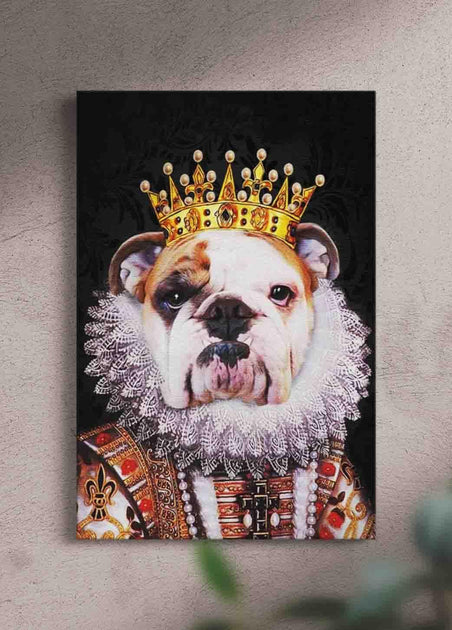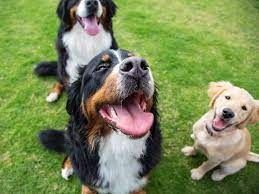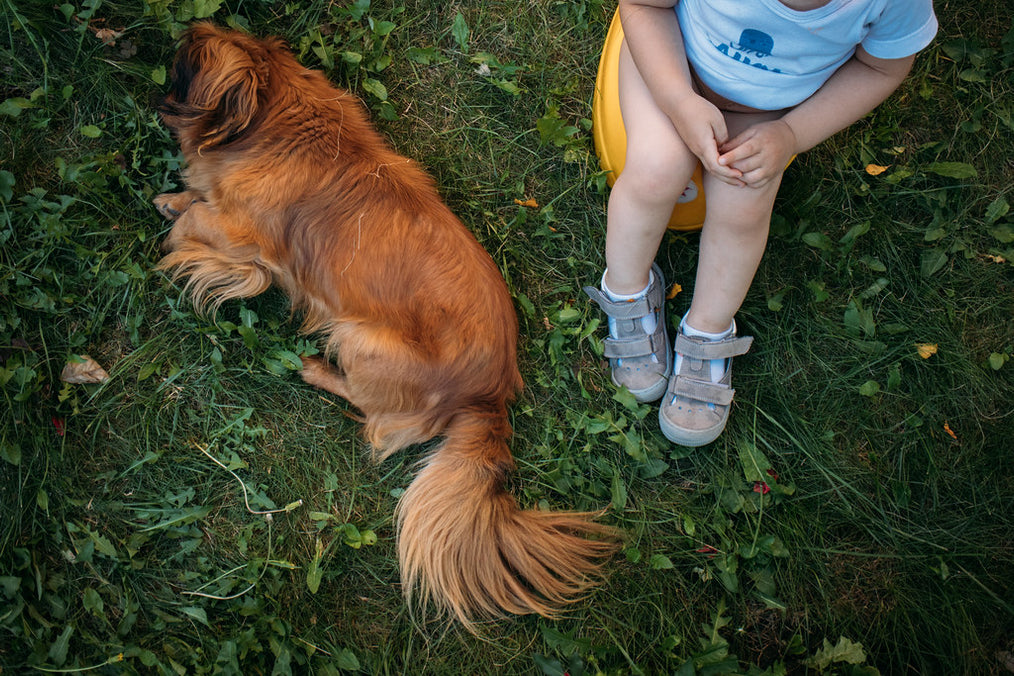Puppy Training: How to Completely Train Your Dog

Wouldn’t it be nice to have your dog trained to your taste? Obedient, caring and friendly? You can learn to teach your dog to sit, stop, stay, come, go, move to their crate, and go do their potty business outdoors. The best time to teach your dog how to socialize and be good-mannered is while it is still a pup.
Training your first dog can get quite discouraging especially at the initial stages of training. It's a huge undertaking, but it is worth it.
Puppies have short attention spans so it is important to be patient when training them. By breaking the whole process down, taking the puppy training schedule week by week then day by day, you will cover your training calendar in no time.

Effective Dog Training Tips for Beginners
Listed below are some dog training tips for beginners:
Start With The Dog Training Commands
Puppies need to learn basic commands like sit, stay, come, down and others. Here are some tips on how to introduce the basic commands:
How to Train a Dog to Sit
You can teach your dog to sit by first getting him in a standing position. Then, hold a treat close to his nose and say the command "sit." As he smells the treat, he will likely sit down. Once he does, give him the treat and praise him verbally. By repeating this process, your dog will learn to sit when you say the command “sit”.
How to Train a Dog to Stay
To teach your dog to stay, start by having him in a sitting or standing position. Then, give the command "stay" and take a few steps back. If he stays put, give him a treat and praise him. If he doesn't stay, try again and make sure to praise him when he does it right.
How to Train a Dog to Come
You can train your dog to come, by calling his name and then saying the command "come." As he comes to you, give him a treat and piles of praise. Repeat this often so that he knows that he should come to you when you call him.
How to Train a Dog to Down
For the "down" command, start by having him in a standing or sitting position. Then, give the command and point to the ground. As he lies down, give him a treat and praise him. Repeat this often so that he knows what you want him to do when you give the command.
How to Train a Dog to Leave it
Teaching your dog the "leave it" command should not be so difficult; you start by holding a treat in your hand and saying the command. As he goes to sniff or lick the treat, close your hand so that he can't get to it. Once he backs away, give him the treat and heap him with praises like “good dog”, “sweet puppy” or whatever name you give it.
Try to use the same kind of praises to help the dog familiarize and understand it. Repeat this often so that he learns that he should leave things alone when you say the command.

How to Train a Dog for Toilet Usage
Your dog should have regular meal times, and you should monitor their water intake. Take your dog outside every 30 to 60 minutes. Immediately after eating and playing, take them outside as well. Put them in the appropriate bathroom location, point to it, and say, "go potty!", “go use the toilet” or any other command of your choice). There you have it; puppy training toilet usage made easy!
Maintain A Routine and A System
It is important that you are consistent when training your puppy. To do this, use the same commands and incentives. and punishments each time. If you are not consistent, your puppy will get confused and won’t learn as quickly.
Keep Training Sessions Short and Simple
Like people, puppies can get tired and lose focus after a while. So, make sure to keep training sessions short, around 10-15 minutes.
Help Your Puppy Learn Its Name
Give your puppy a name and call it regularly until it is accustomed to it. Use the name when giving commands. For example, assuming your pup’s name is Jay, say “Jay, sit. Jay, come. Go outside and potty, Jay”
Encourage Positive Behaviors
It is important to end each training session on a positive note so that your puppy associates learning with something good. This means discourage aggressive behaviors like biting and rewarding them with a treat or praise when they do something well.
Use Games to Train Your Dog
Training your dog should be enjoyable! Try to include some games in your dog training schedule since everyone knows that having fun makes learning easier.
Use positive reinforcement when your pup does something good, make sure to praise them and give them a treat. This will encourage them to continue doing what you want them to do.

Tips on a Puppy Training Schedule Week by Week
Here's a suggested puppy training schedule for those first four weeks:
Week 1:
Start with socialization. Socialization involves exposing your puppy to new people, places and experiences in a positive way so they learn to be confident and comfortable in the world around them.
Begin basic puppy training at home and introduce commands like sit, stay and come will help you communicate with your puppy and establish yourself as the leader of the pack.
Week 2:
At this point, you should start to see some progress with your puppy's behavior. They should be more relaxed around new people and environments and respond well to basic commands.
The introduction of crate training is an important part of dog training at home and will also give your puppy a safe, comfortable place to retreat to when they need a break from the hustle and bustle of family life.
Week 3:
By this week, your puppy should be well on their way to being a well-behaved member of the family.
Start working on other commands like "off," "down" and "leave it." These will come in handy as your puppy starts to explore their world more and gets into things they shouldn't.
Week 4:
Continue from last week. At this point, you should have a good routine established with your puppy. They should be responding well to commands and getting used to spending time in their crate.
Begin working on tricks like "shake" or "roll over." Not only are these fun for you and your puppy, but they also help to keep their mind active and engaged.
This is just a suggested puppy training schedule for the first four weeks of your puppy's life. Some people rather opt for a puppy training schedule by age, you can get more information on that from any puppy training schedule by age pdf online or visit our website at NextGenPaws.
Conclusion
Every dog is different and will learn at their own pace. You won’t have to worry about any puppy training cost, raising your dog yourself doesn’t attract any extra cost besides your patience and consistency, and you'll soon have a well-behaved pup that's a joy to be around.
Best Sellers

WATERCOLOUR
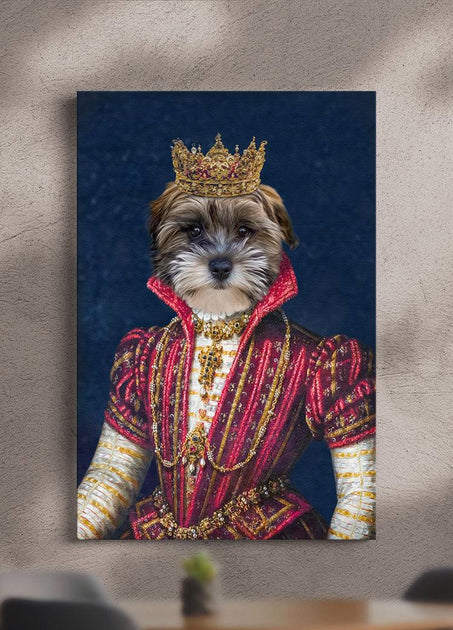
THE YOUNG QUEEN
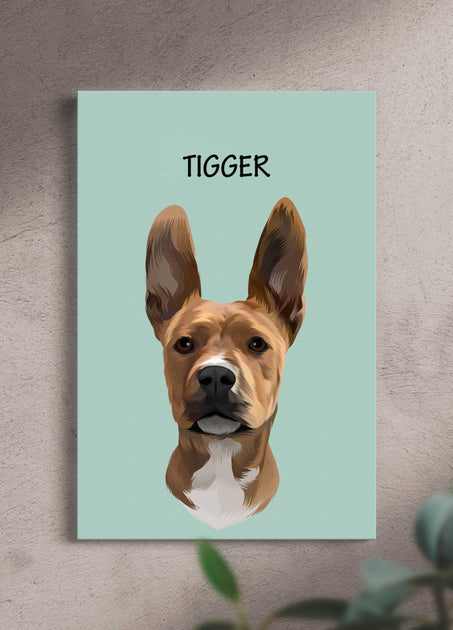
MINIMALIST DESIGN
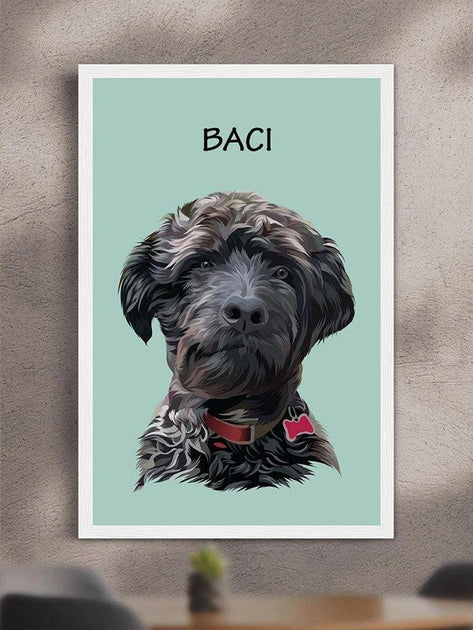
MINIMALIST PET PORTRAIT
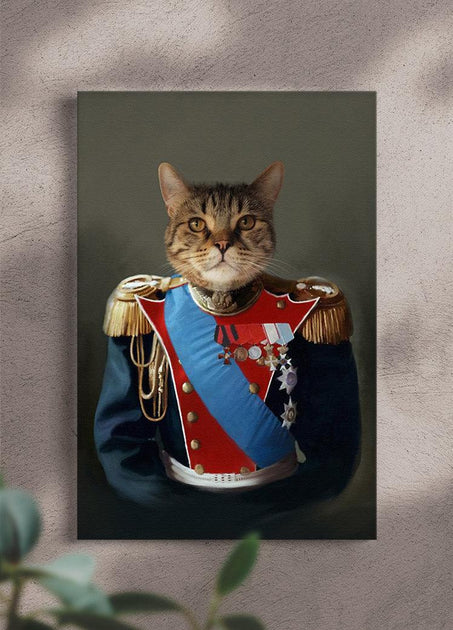
THE GENERAL
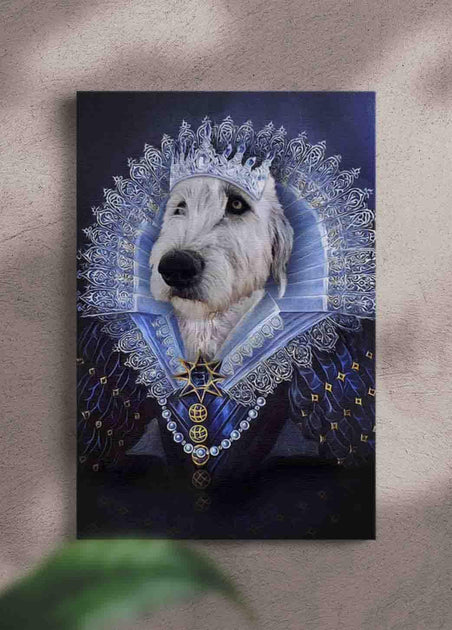
THE ICE QUEEN
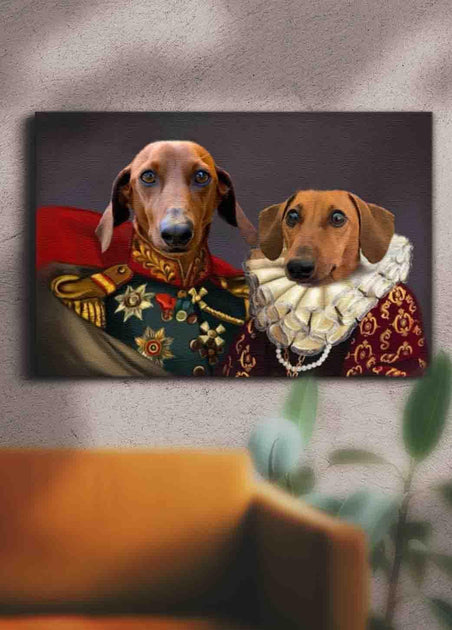
THE ROYAL COUPLE

THE CONVICT
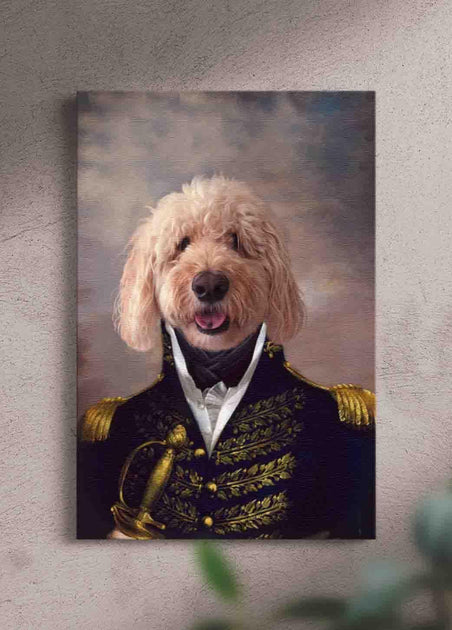
THE PRESIDENT
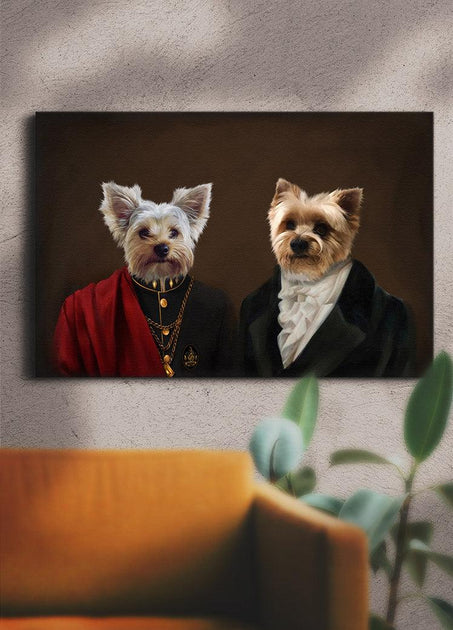
THE BOURGEOIS COUPLE

WATERCOLOUR SIBLING
